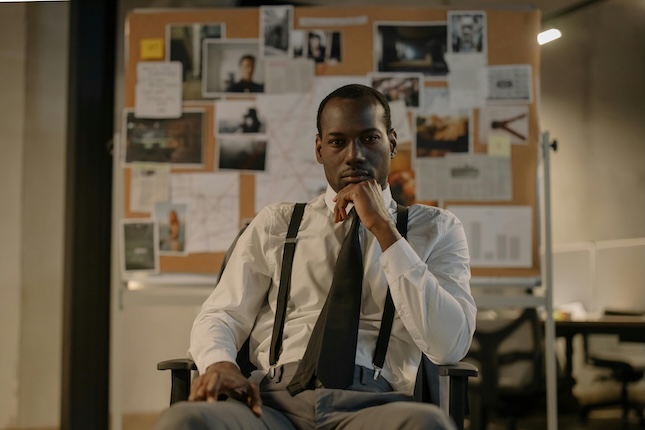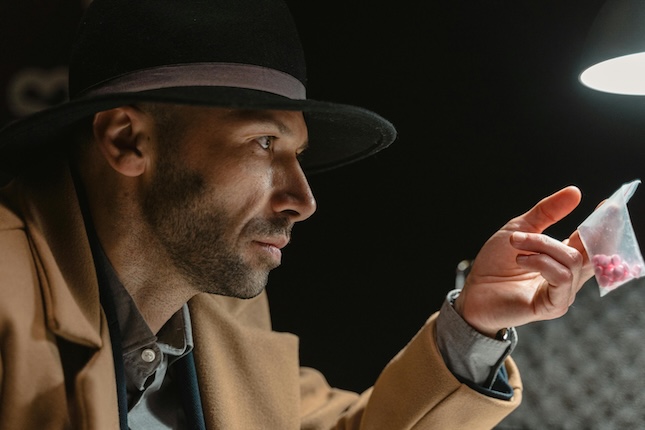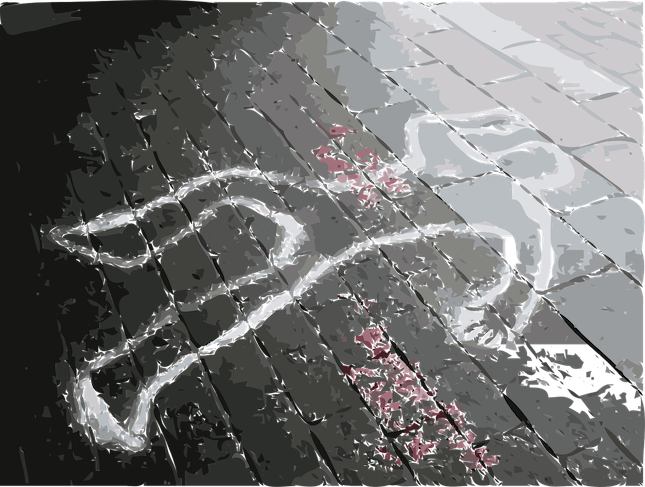Create Your Stand-out Detective: A Guide for Mystery Writers
Have you ever wondered what makes detectives like Sherlock Holmes or Hercule Poirot stand the test of time? Their distinct personalities, unique skills, and the intriguing mysteries they solve captivate audiences, leaving a lasting impression. As a mystery writer, crafting your own unique detective offers you the chance to capture readers with a memorable character…










